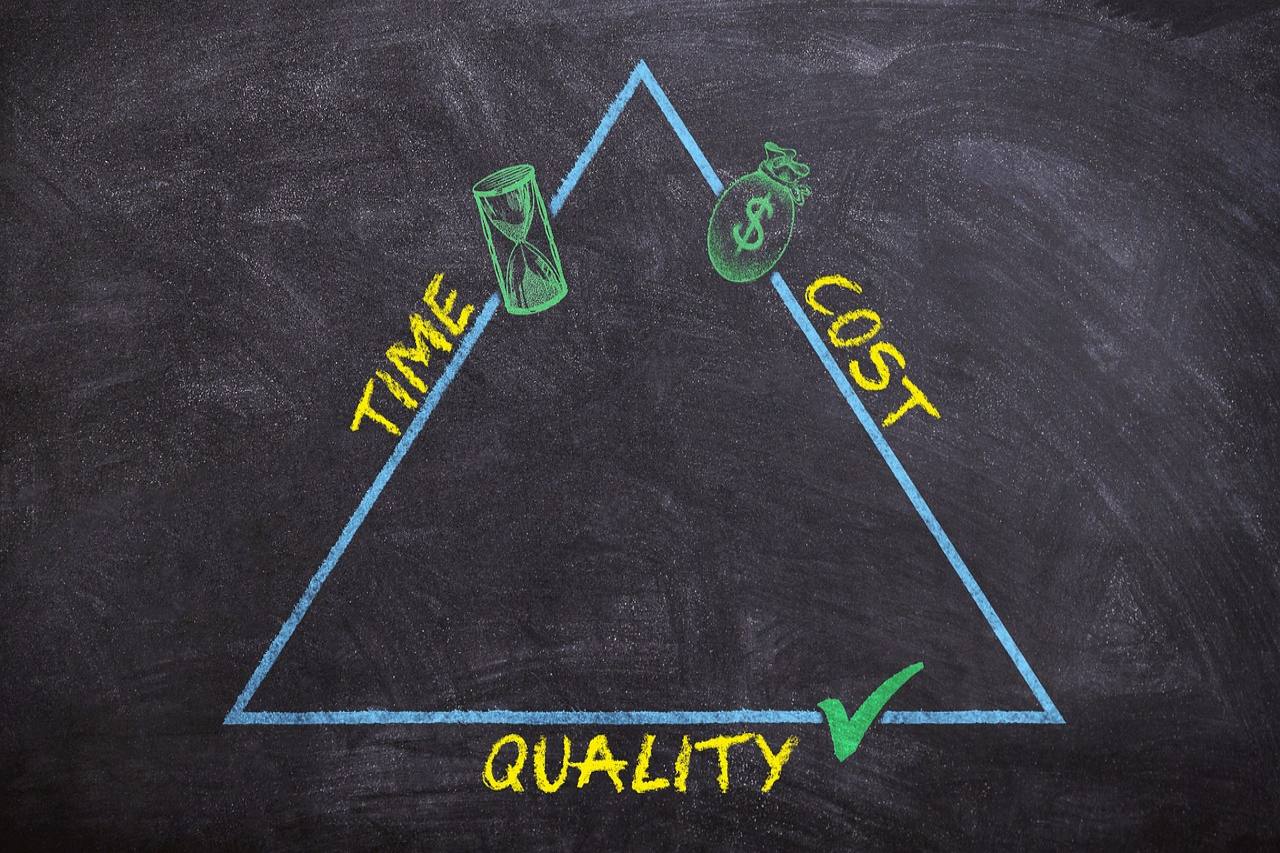It is the process that involves the determination of long-term objectives, as well as the selection of priorities, action plans and, ultimately, the resources needed to achieve them.
The idea of a strategic plan, beyond the visionary idea, is the result of five components:
Definition of the vision and mission, strategic elements that establish the horizon of the company, as well as the place it intends to achieve:
– Mission, written statement that embodies the purpose and reason of existence that commits a company, its executives and the workers that comprise it.
– Vision, reflects the aspiration, as well as the idealistic expectation of a desired future for the organization.
– Definition of objectives, translates the managerial commitment to achieve the strategic vision, as well as the mission of the company to achieve the desired results, in expected times and under quantifiable terms that allow measuring its performance.
Financial planning must irrefutably be a component of the strategic plan developed for the organization, this plan translates the vision of a company that is conducted under the umbrella of plans that commit the future and sustainable growth of the company.
Beyond the continuity of operations, the idea of sustainable growth of companies prevails, a concept that, beyond being common, admits the need for short and long term financial planning.
Financial planning models
These are simulation models developed to project the possible results and expected balances on the financial economic situation, after taking into account the factors that affect its behavior.
Financial plans can be classified into two parts: a) Long-term planning and b) Short-term planning.
– Long-term planning, which is part of a strategic planning that requires the participation of the entire organization as a whole and that will ultimately set the horizon for achieving the goals set by the executives.
– Short-term planning, to consider in advance the expected results in a current period of no more than two years and in its application we make use of the budget to consolidate the achievement of the objectives set in the long term.
Projection of financial statements
It is a planning methodology that considers the performance, as well as the financial performance achieved in past periods, to establish the basis for expected future expectations. The use of projections allows for the valuation of revenues, which are ultimately the parameter for establishing disbursements to cover operating, investment and financing activities.
The projection of financial statements considers decision alternatives and is expressed as a numerical and comparable statement of expected expectations.
Its content must include a complete set of financial statements, therefore and minimally, the projected financial statements should be: Income Statement, Statement of Financial Position and Cash Flows.
Get a quote today and let us handle everything for you!

